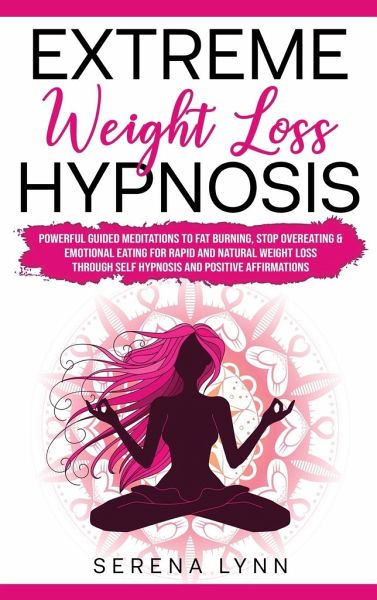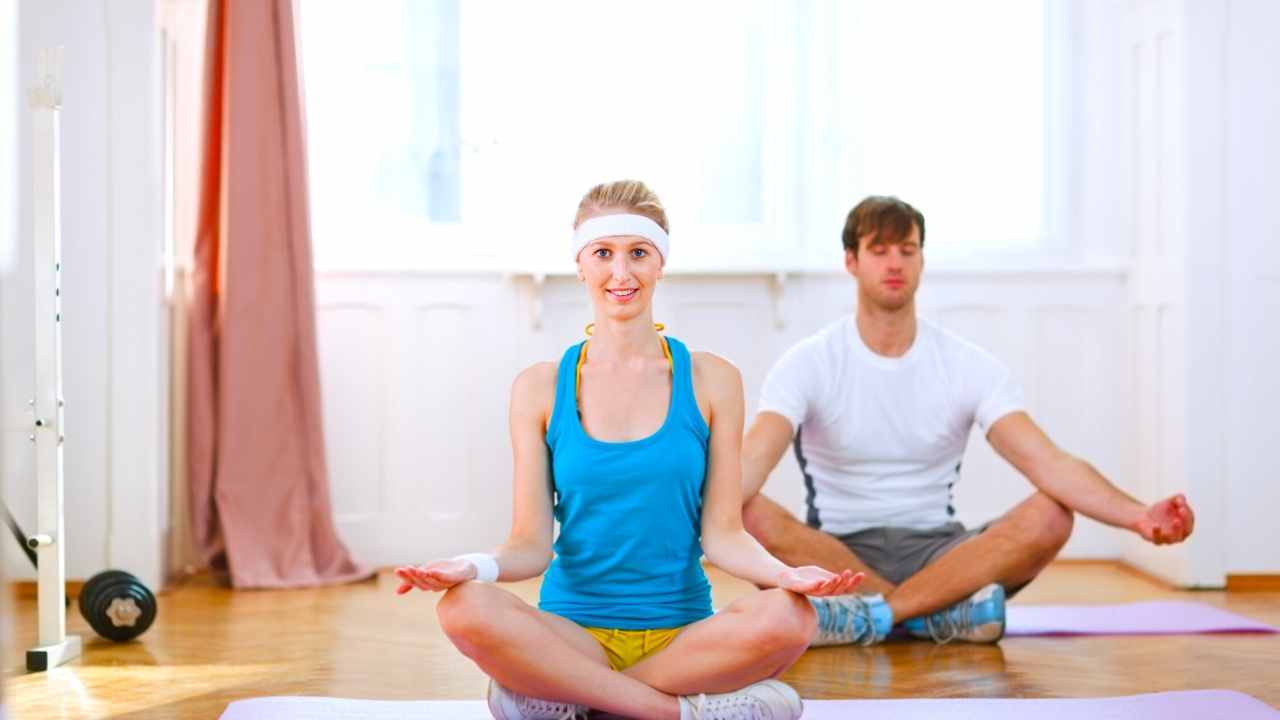
Meditation running is becoming more popular among runners. The calming benefits of this practice are well-documented. It is a simple way to create inner peace and expand your capabilities to reach beyond your physical limits. It can develop intense willpower and inner peace that becomes a part of your outer reality. There are many meditation techniques and types. Here are the most common: meditate before running, take deep breaths, and think positively about what you have accomplished.
First, after meditation, make sure you get a good nights sleep. You will find your body is more able focus on your breathing, and your body's movements when you are relaxed. Your mind will be less distracted by thoughts and will be more open to achieving a flow state. Meditation runs can also activate the parasympathetic nerve system, which is your body's natural rest- and digest function. This can reduce stress and improve sleep hygiene, which are essential for athletes.

You can also meditate while you run. This is a great way to improve your awareness of the moment. It requires you to engage your body and mind. This will help you remain focused and calm. You should also check in with yourself regularly to ensure that your mind doesn't wander for too long. Meditation running will help you feel more grounded and recharged after your runs. The mental clarity you gain will be invaluable for your future.
A mantra can be used as a third technique to run meditation. A mantra can be a short phrase or thought that is said aloud. Whether you choose to repeat a mantra or not, it will help you to focus on the present moment. If you have a good mantra you will be more focussed and able concentrate on your breathing. So, don't be afraid to take up meditation while running. Find what works for your needs.
Meditation makes it easier to relax and is less likely that you will have an accident. The same is true for running. During the first few weeks, you'll notice that you are more focused and you'll feel more energized after a session. Meditation running routines can help you reduce stress and improve your mood. You will feel happier and more energetic. Try meditation running today if these benefits are not obvious to you.

Meditation running has the added benefit of keeping your thoughts at bay. By focusing on your breathing, you'll be less likely to be worried about your run's difficulty. Instead, you will be more aware of the sights around you and their sounds. Running can be done while you are able to pay attention to your breathing and the surrounding environment. This is what makes running a meditation the best kind of self-care activity. It is a perfect way to connect and communicate with the rest of the world.
FAQ
Here are 7 ways to live a healthy lifestyle.
-
Eat right
-
Exercise regularly
-
Sleep well
-
Get plenty of water.
-
Get enough sleep
-
Happy!
-
Smile often
What is the difference among a virus or a bacterium and what are their differences?
A virus, a microscopic organism, is incapable of reproducing outside its host cell. A bacterium is a single-celled organism that reproduces by splitting itself in two. Viruses can be as small as 20 nanometers, while bacteria can grow up to 1 micron.
Viruses can be spread by contact with bodily fluids containing infected substances, such as saliva, urine and semen. Bacteria can be spread by direct contact with infected objects and surfaces.
Viral infections can also be introduced to our bodies by a variety of cuts, scrapes or bites. They can also be transmitted through the eyes, nose, mouth, ears, rectum, and anus.
Bacteria can be introduced to our bodies by cuts, scrapes or burns. They can also enter our bodies from food, water, soil, dust, and animals.
Viruses and bacteria both cause illness. However, viruses cannot reproduce within their hosts. So they only cause illnesses when they infect living cells.
Bacteria can grow in their hosts and cause disease. They can also invade other parts of your body. To kill them, we must use antibiotics.
What should you eat?
Eat lots of fruits and vegetables. They provide vitamins and minerals to keep your immune system strong. Also, fruits and vegetables are rich in fiber. This makes them filling as well as helping with digestion. You should eat at least five servings per day of fruit or veg.
Drink plenty of water. Water flushes toxins from the body and gives you a full feeling between meals. Drink about eight glasses each day.
Consume whole grains and not refined. Whole grains have all the nutrients they need, including B vitamins. Refined grains have been stripped of some of their nutrition.
Avoid sugary drinks. Sugary drinks have empty calories and are a major contributor to obesity. Choose water, milk or unsweetened tea instead.
Avoid fast food. Fast food has little nutritional value. While it might taste good, it won't give your body the energy it needs to function properly. Avoid soups, sandwiches and other unhealthy options.
Limit your alcohol intake. You can reduce your intake of alcohol by limiting the amount of empty calories. Limit the number of alcoholic beverages you consume per week to no more that two.
Reduce your consumption of red meat. Red meats can be high in cholesterol and saturated fat. Instead, choose lean cuts of beef and pork, lamb, chicken or fish.
How do I count calories?
You may be wondering "what is the best diet for you?" or "is counting calories necessary?" The answer is dependent on several factors like your current health status, personal goals, your lifestyle, and your preferences.
The Best Diet For Me: Which One Is Right?
My personal health, goals and preferences as well as my lifestyle determine which diet is best for me. There are many options, both good and bad. Some diets work better than others. What can I do to make the right choice? What can I do to make the right decision?
This article aims at answering these questions. It begins with an overview of the different diets today. Then we will discuss the pros & cons of each kind of diet. The final step is to determine which one is right for you.
To begin, let's take a quick look at the different types of diets.
Diet Types
There are three main types of diets: low fat, high protein, and ketogenic. Let's briefly discuss them below.
Low Fat Diets
A low-fat diet is one that limits the intake of fats. This is done by reducing your intake of saturated oils (butter, cream cheeses, etc.). You can replace them with unsaturated oils (olive oil and avocados) For those looking to lose weight quickly, a low-fat diet is often recommended. This diet can cause constipation, heartburn, and stomach problems. A person may also experience vitamin deficiencies if they don't get enough vitamins.
High Protein Diets
High protein diets reduce carbohydrates to favor of proteins. These diets usually have higher amounts of protein than other diets. These diets are intended to increase muscle mass and reduce calories. The downside is that they may not provide adequate nutrition for someone who needs to eat regularly. They can also be very restrictive so they may not be suitable for everyone.
Ketogenic Diets
Ketogenic diets are also known as keto diets. They are high in fat and moderate in protein and carbs. They are typically used by athletes and bodybuilders because they allow them to train harder and longer without getting tired. You must adhere to all side effects, including fatigue, headaches, nausea and headaches.
Statistics
- nutrients.[17]X Research sourceWhole grains to try include: 100% whole wheat pasta and bread, brown rice, whole grain oats, farro, millet, quinoa, and barley. (wikihow.com)
- In both adults and children, the intake of free sugars should be reduced to less than 10% of total energy intake. (who.int)
- WHO recommends reducing saturated fats to less than 10% of total energy intake; reducing trans-fats to less than 1% of total energy intake; and replacing both saturated fats and trans-fats to unsaturated fats. (who.int)
- WHO recommends consuming less than 5% of total energy intake for additional health benefits. (who.int)
External Links
How To
How to Live a Healthy Lifestyle
A healthy lifestyle involves living a healthy life that is able to maintain your weight, good health, and your fitness level. It is a lifestyle that emphasizes healthy living. This includes exercising regularly, eating well, avoiding alcohol, smoking, tobacco, and drug abuse. Healthy living can help you feel better about yourself and keep you fit. A healthy lifestyle can help reduce your risk of developing chronic diseases such as heart disease, strokes, diabetes, cancer and osteoporosis.
This guide will help you live a healthier, more fulfilling life. The introduction was the first section of the project. It explains the importance of a healthy lifestyle, how it can be achieved, and who you are. Next, I wrote the body paragraphs. These include tips and tricks for maintaining a healthy lifestyle. Finally, I wrote my conclusion. It summarizes the entire article and gives additional resources if required.
I was able to learn how concisely and clearly I could write my paragraphs through this assignment. Additionally, I learned how organize my thoughts into topic sentences and supporting information. My research skills were also improved as I had to search for specific sources and properly cite them. Lastly, I gained knowledge on how to use proper grammar when writing.